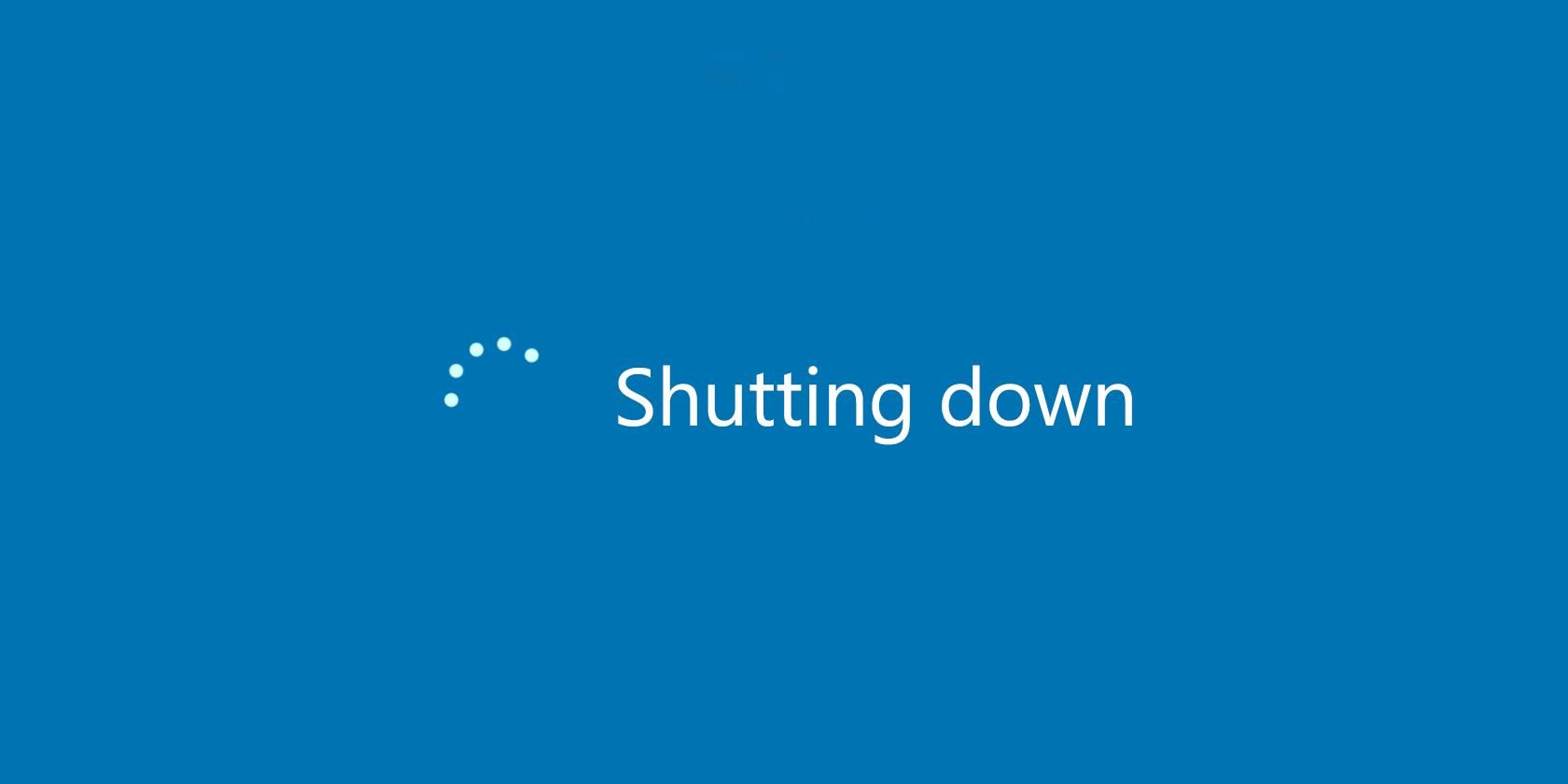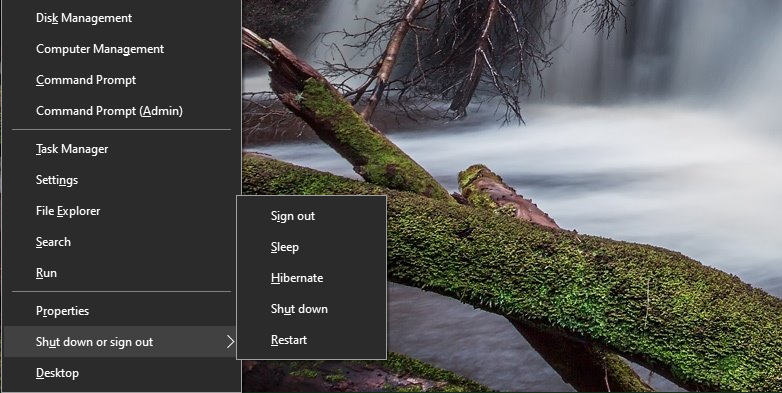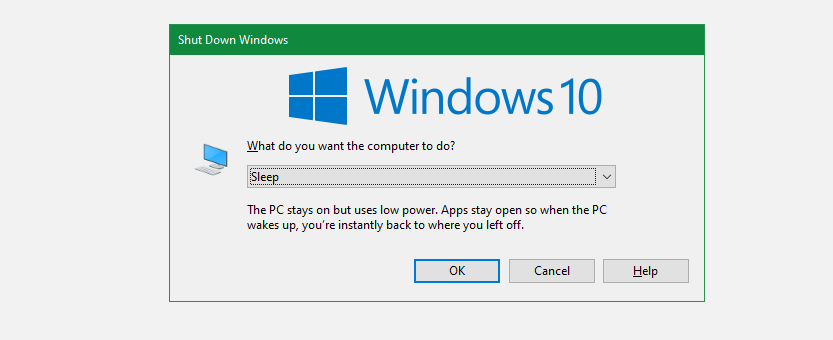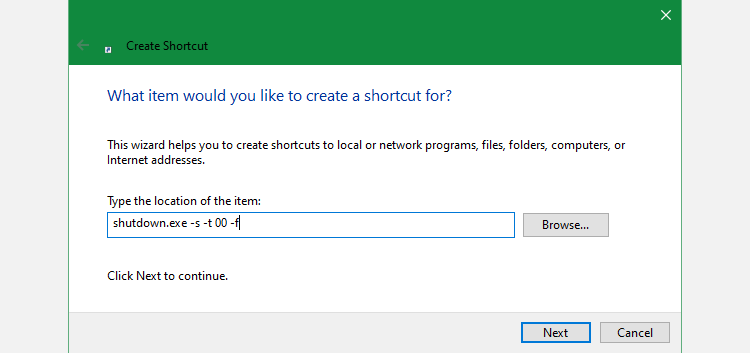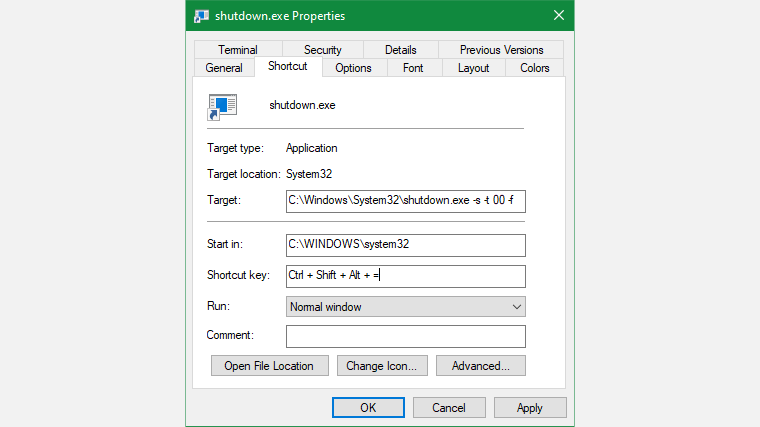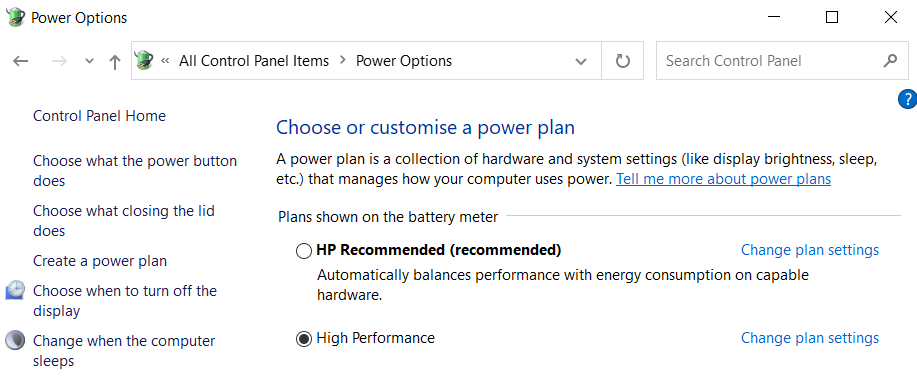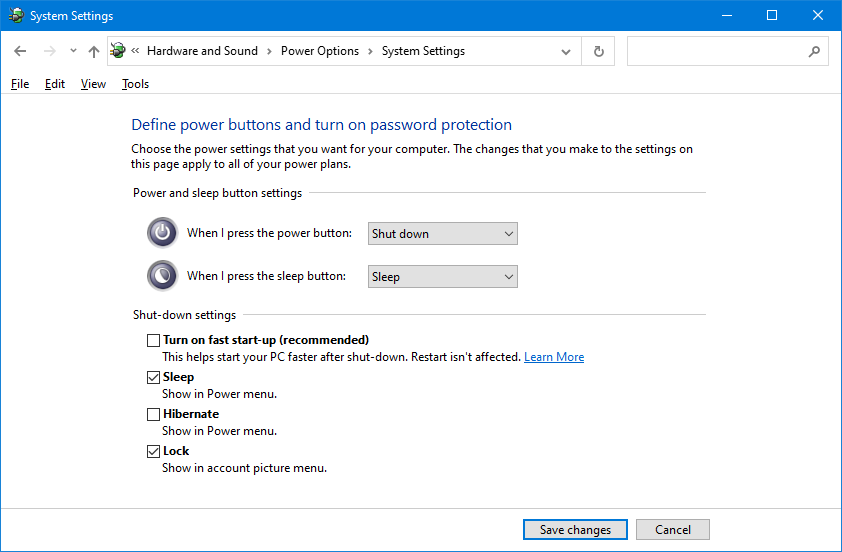Have you ever found yourself looking to turn your computer off or put it to sleep with just the keyboard? Maybe you're in search of a Windows sleep shortcut because your mouse isn't working reliably, or perhaps you want to work more efficiently.
We'll show you how to put your Windows computer to sleep, or shut it down, with only the keyboard. There are a variety of ways to make this shortcut, and they work on both Windows 10 and Windows 11.
1. Use the Power User Menu Shortcut
The most reliable Windows 10 and Windows 11 sleep shortcut isn't a true keyboard shortcut. Rather, it's a quick sequence of keys. However, because it works without any setup and while using any app, it's the best method to put your computer to sleep quickly, in most cases.
To start, press Win + X to open the Power User Menu. You'll notice underlined characters corresponding to shortcut keys for the options on this menu. Press U to expand the Shut down or sign out section, then use one of the following keys to shut down, sleep, or perform other power actions:
- Press U again to shut down Windows.
- Hit the R key to restart.
- Press S to put Windows to sleep.
- Use H to hibernate.
- Hit I to sign out.
If you don't see the option to hibernate, read our guide to hibernation on Windows, where you'll learn how to enable it and much more.
2. The Alt + F4 Sleep Mode Shortcut
As you might know, pressing Alt + F4 closes the current app window, just like clicking the X in the top-right corner of a program. However, if you don't have a window currently selected, you can use Alt + F4 as a shortcut for sleep in Windows 10 (or any Windows version).
To make sure you don't have any apps in focus, first use a shortcut like Win + T, which will put your cursor focus on the first item on the taskbar. Alternatively, you can click an empty spot on your desktop. Then press Alt + F4 and you'll open the Shut Down Windows dialog box.
Depending on your system, you'll likely see Shut down or Sleep in the dropdown box by default. If you're happy with this, just hit Enter to confirm the selection. Otherwise, use the up and down arrow keys to switch to other options, then hit Enter when you're ready.
If you didn't know this trick, check out more ways to shut down Windows.
3. Create Your Own Shortcut to Sleep Windows 10/11
While there's no built-in sleep shortcut for Windows 10 or 11, you can make your own keyboard shortcut pretty easily.
Creating a New Shortcut
To make a fresh shortcut, start by right-clicking an empty spot on your desktop and choosing New > Shortcut.
In the resulting box, you'll need to enter different text depending on whether you want a shortcut key for sleeping or shutting down the computer. Use the following:
To create a shortcut that shuts down Windows immediately and force-closes any open programs:
shutdown.exe -s -t 00 -f
To create a sleep shortcut:
rundll32.exe powrprof.dll,SetSuspendState 0,1,0
Unfortunately, there's a small caveat with the sleep shortcut. If you have hibernation enabled on your computer, this command will cause the computer to hibernate instead of going to sleep.
To turn off hibernation, hit Win + X again, then choose Command Prompt (Admin), Windows PowerShell (Admin), or Windows Terminal (Admin) from the list. Then, type or paste the following line, followed by Enter:
powercfg -h off
Either way, after you enter the command, hit Next, give the shortcut a name, and click Finish.
Assign a Keyboard Shortcut to the Sleep Command
Now that you have a shortcut to the option you want, you need to assign it a key combination to make a true sleep mode shortcut.
To do this, right-click your new shortcut on the desktop and choose Properties. Select the Shortcut tab at the top and in the Shortcut key field, enter a key combination that you'd like to use.
You should pick something that's not already in use by other programs. In addition, make sure your shortcut combination isn't easy to hit by accident. You don't want to suddenly shut down your system in the middle of working.
When you're done, click OK and your Windows sleep keyboard shortcut or shutdown shortcut will be active. If you ever decide you don't want it, just delete the shortcut file, which will also remove that keyboard shortcut. You can also clear the Shortcut key field to keep the file without having the shortcut active.
If you'd like to have two separate shortcuts for sleeping and shutting down, repeat the above process for the other option.
4. Make Your Power Button Into a Sleep Shortcut
This method isn't technically a keyboard shortcut, but it's still an easy way to put your PC to sleep with just a button.
By default, pressing the physical Power button on your desktop or laptop will shut down your PC. If you don't use this functionality often, you can reassign the power button to make your computer go to sleep instead.
To do this on Windows 10, open Settings and go to System > Power & sleep. On the right side, choose Additional power settings; expand the window horizontally if you don't see this. Clicking this will open the Power Options section of the Control Panel.
On Windows 11, type "control" into the Start menu and open the Control Panel item. In the top-right, change Category to Small icons if needed, then choose Power Options from the list.
On either platform, click Choose what the power buttons do on the left side.
On the resulting page, you'll see a field for When I press the power button. Change this to Sleep and hit Save changes. Now, pressing the physical Power button on your machine will put your computer to sleep, not shut it down.
There's also a When I press the sleep button field. If your PC has a sleep button, you can change its functionality with this field.
Method 5: Use Your Keyboard's Sleep Key
This method won't work for everyone, but there's a chance that your laptop keyboard (or your desktop's keyboard) has a dedicated Sleep button. Pressing this should put your computer to sleep, and doesn't require you to create any of your own shortcuts as above.
The Sleep key, if you have one, usually looks like a crescent moon or a Zz icon. You may have to hold in the Function or Fn key while pressing another key to access it. The exact instructions depend on your laptop or keyboard; consult the manual if you're not sure.
Windows Sleep and Shut Down Shortcuts for All
Now you know several sleep mode shortcuts to easily shut down or put Windows 10/11 to sleep with just your keyboard. This makes it easy to access common power options without fiddling around in menus.
Meanwhile, there are fixes to try if you run into problems with sleep mode on Windows.

